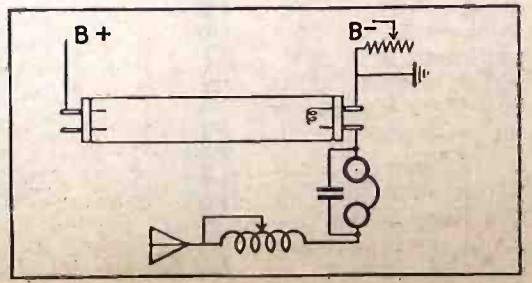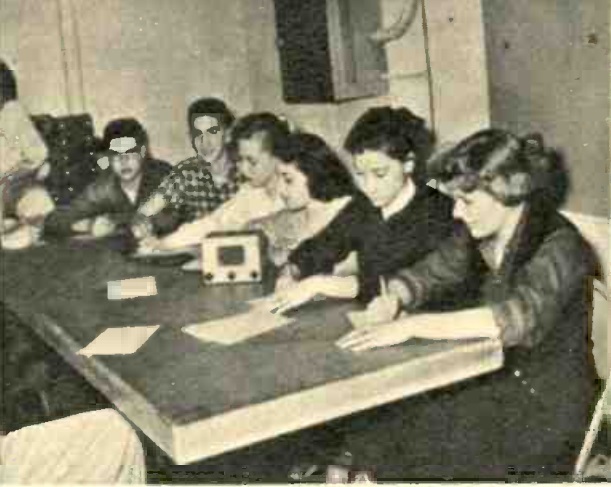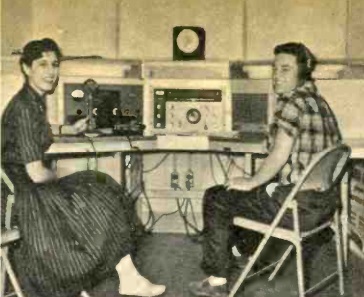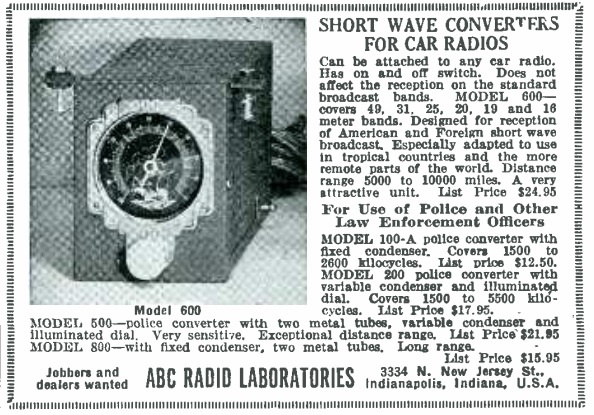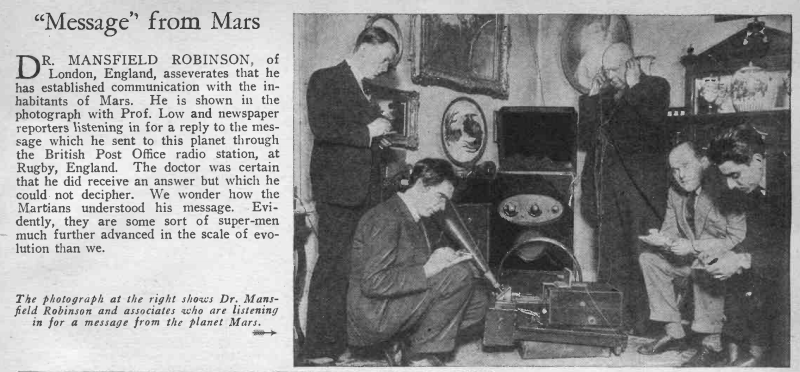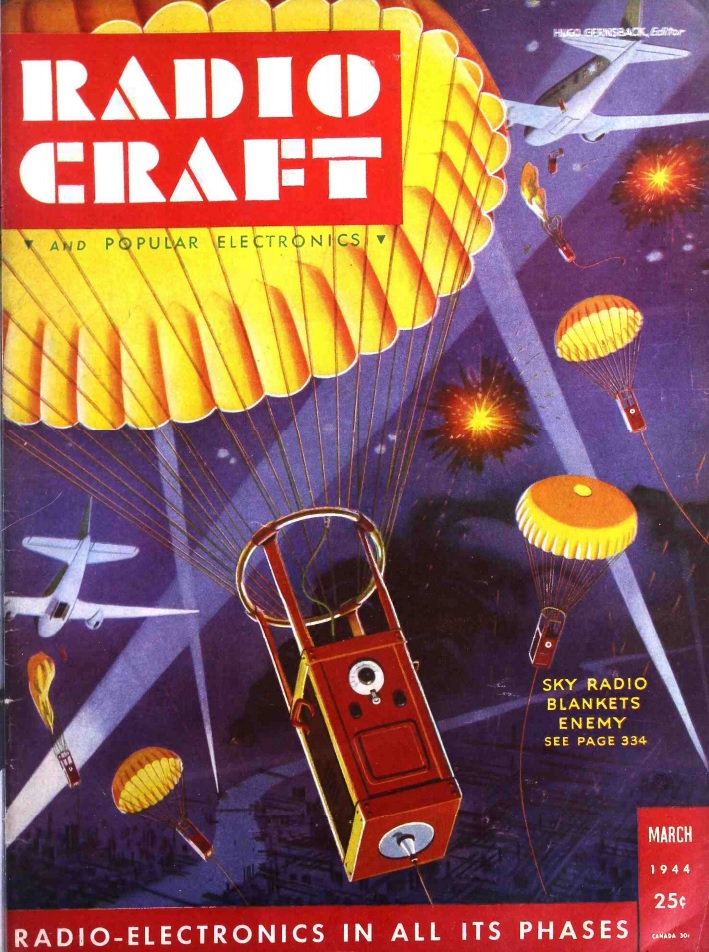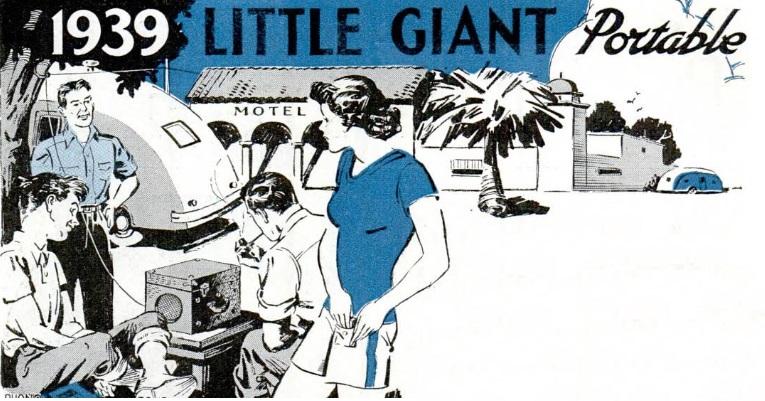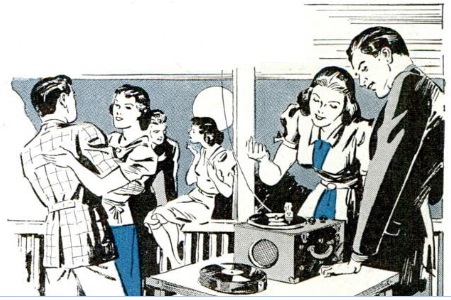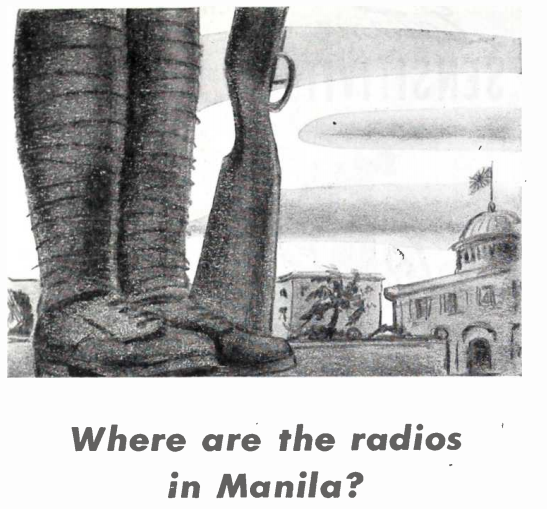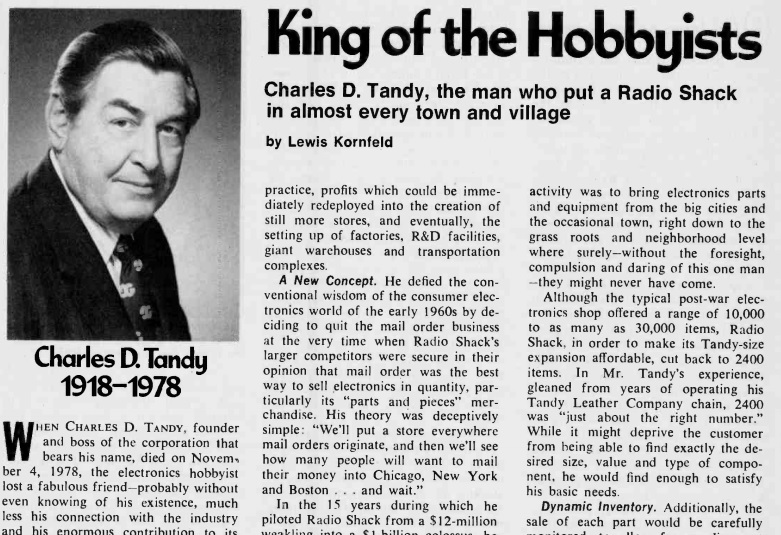 Forty years ago this month, the March-April 1979 issue of Elementary Electronics carried this tribute to Tandy Corporation founder Charles D. Tandy, who had died of a heart attack at the age of 60 in November 1978. Tandy was best known in the electronics world as having purchased the fledgling Boston Radio Shack chain in 1963. The author of the magazine was none other than Lewis Kornfeld, the president of Radio Shack both before and after Tandy’s purchase.
Forty years ago this month, the March-April 1979 issue of Elementary Electronics carried this tribute to Tandy Corporation founder Charles D. Tandy, who had died of a heart attack at the age of 60 in November 1978. Tandy was best known in the electronics world as having purchased the fledgling Boston Radio Shack chain in 1963. The author of the magazine was none other than Lewis Kornfeld, the president of Radio Shack both before and after Tandy’s purchase.
According to Kornfeld, nothing made Tandy angrier than empty hooks in the parts department. He questioned why there could be even a single out-of-stock item when “I’ve made your life simple by eliminating thousands of slow movers.”
Tandy got his start in the leather business, and while serving in the Navy during World War 2, he noticed sailors being taught knitting and needlepoint as part of their recuperation. He believed the men would prefer leatherwork, and established a system of craft work for the hospitalized men.

 The author of the tribute took over Tandy’s role in the company. The company’s monthly flyers included a “Flyer Side Chat,” in which Kornfeld would offer his opinions on some subject of interest. Interestingly enough, most (or perhaps all) of the Flyer Side Chats have been collected into a single volume. In addition, students of marketing would be well advised to read Kornfeld’s classic, “To Catch a Mouse, Make a Noise Like a Cheese.”
The author of the tribute took over Tandy’s role in the company. The company’s monthly flyers included a “Flyer Side Chat,” in which Kornfeld would offer his opinions on some subject of interest. Interestingly enough, most (or perhaps all) of the Flyer Side Chats have been collected into a single volume. In addition, students of marketing would be well advised to read Kornfeld’s classic, “To Catch a Mouse, Make a Noise Like a Cheese.”
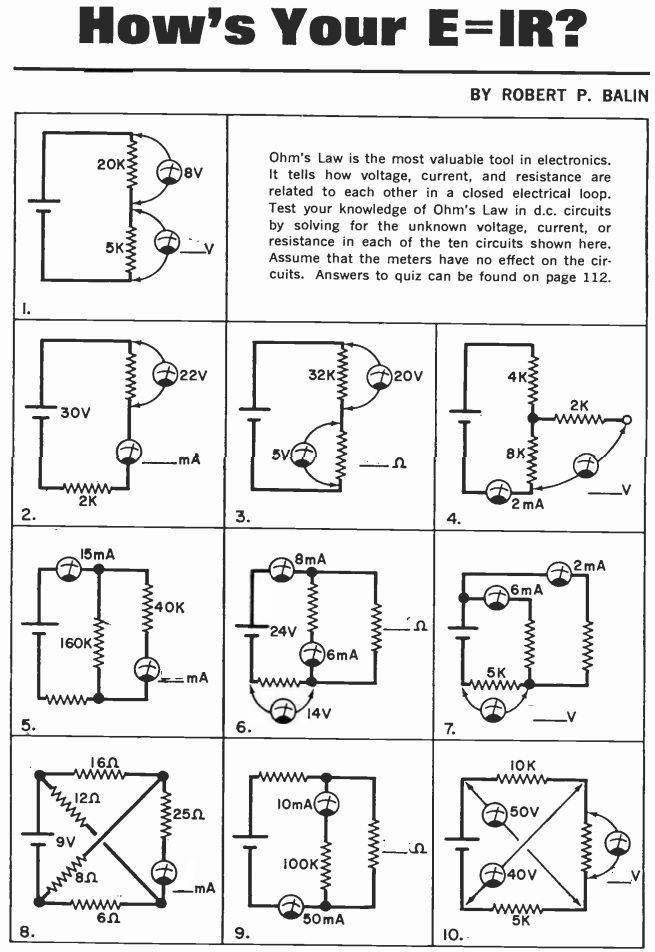 Fifty years ago this month, the March 1969 issue of Popular Electronics carried this quiz on Ohm’s law. A few of the questions have some tricky aspect that you might need to notice, but they can all be solved with the familiar E=IR equation.
Fifty years ago this month, the March 1969 issue of Popular Electronics carried this quiz on Ohm’s law. A few of the questions have some tricky aspect that you might need to notice, but they can all be solved with the familiar E=IR equation.
